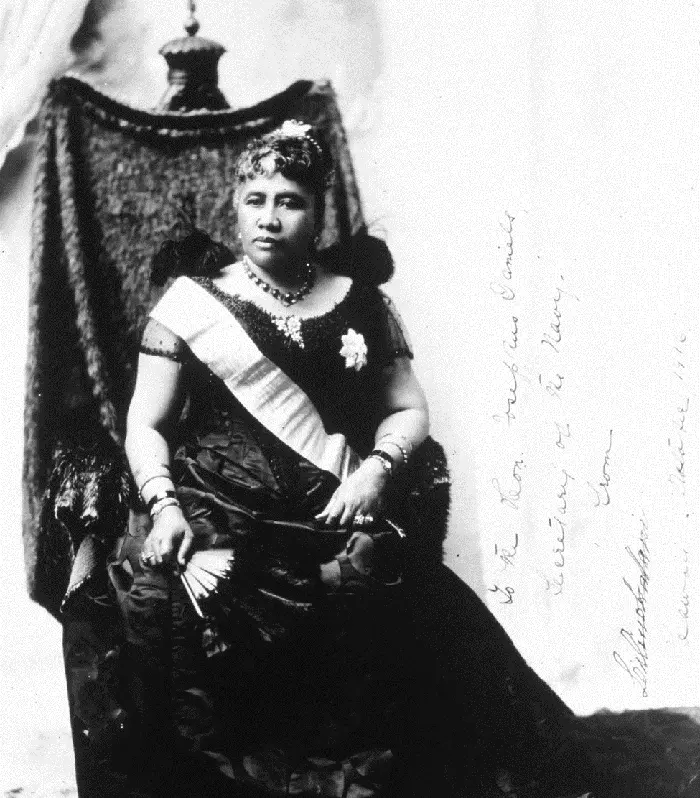Asian American and Pacific Islander health leaders have played a crucial role in shaping the healthcare industry. Their pioneering efforts have been crucial for representation, health equity and improved health outcomes. Our Spotlight Series highlights only a few of these inspiring health activists and professionals, but there are countless others within the community who deserve recognition. We invite you to learn more about their invaluable contributions and join us in promoting greater inclusion and equity in healthcare.
Queen Liliuokalani
Lydia Liliʻu Loloku Walania Kamakaʻeha was the only queen regnant and the last sovereign monarch of the Hawaiian Kingdom, ruling from January 29, 1891, until the overthrow of the Hawaiian Kingdom on January 17, 1893. During her reign, she attempted to draft a new constitution which would restore the power of the monarchy and the voting rights of the economically disenfranchised. The queen was a gifted song writer, having composed more than 160 songs, or mele, during her life.
Seo Jae-pil
Seo Jae-pil (Philip Jaisohn) was a Korean-American activist, physician, and advocate for Korean independence. He was the 1st Korean US citizen, 1st Korean to earn a US medical degree, and founded the 1st private Korean newspaper for independence. He participated in the First Korean Congress, was a chief advisor to the US Military Government in Korea and was elected as a representative in South Korea. He resumed research as a physician and volunteered as a physical examination officer during WWII.
Dr. Kazue Togasaki
Dr. Kazue Togasaki fought sexism and racism to become one of the first Japanese American women to earn a medical degree in the US. Born in 1897 in San Francisco, she was forced to switch elementary schools because of segregation against Asian Americans. As World War II commenced, she was sent to Tanforan Assembly Center as the internment of people of Japanese ancestry began in 1943. There, she to set up medical services at the internment camp and lead the all-Japanese-American medical team. She was a pioneer for Asian American Women in the field of medicine. Over the course of her remarkable career, she delivered over 10,000 babies.
Dr. Margaret Chung
Dr. Margaret Chung, among the first Chinese-American female physicians, defied societal norms in her class and attire. During WWII, she organized 700+ fundraisers, recruited 1,000+ pilots/soldiers, and inspired a movie and comic. Instrumental in creating the women's naval reserves (WAVES), she championed women's healthcare and Asian-American representation, inspiring AAPI professionals.
Dr. Paul Terasaki
Dr. Paul I. Terasaki was born in Los Angeles, California to parents who emigrated from Japan. He was the pioneer in human organ transplant technology which assessed the compatibility of organ donor and recipients. In 1964 he developed crossmatch test which later became an international standard for tissue typing. During World War II, he interned with his family and other Japanese American at Gila River internment camp in Arizona. In 1950 he began his work in transplant medicine and later served as a professor of surgery at UCLA. After retirement he continued his work in transplant research by establishing Teraski Foundation Lab.
Page last updated: May 9, 2023






